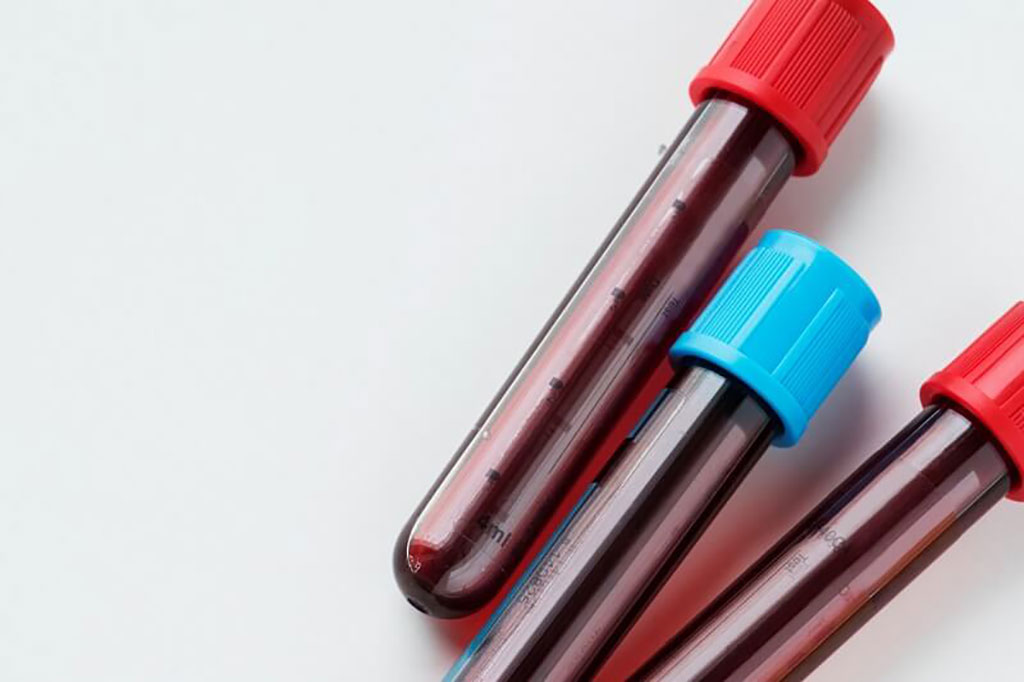Blood Test-Based Method Diagnoses Bile Acid Diarrhea from Single Sample
Posted on 07 Jul 2023
Bile acid malabsorption, also known as bile acid diarrhea, is a type of chronic diarrhea characterized by more than ten sudden episodes of diarrhea in a day. While the condition isn't life-threatening, it can severely disrupt a patient's day-to-day life, particularly their social activities, and can be significantly debilitating. Often, most instances of bile acid diarrhea are either diagnosed at an advanced stage or go undetected entirely, resulting in patients enduring this condition for several years before receiving a diagnosis. Now, a new study has discovered innovative methods for diagnosing bile acid diarrhea and identifying the most effective treatment tailored for each patient.
A team of researchers at University of Copenhagen (Copenhagen, Denmark) has devised a new approach for diagnosing bile acid diarrhea using a simple blood sample. This new technique focuses on blood molecules referred to as metabolites. A blood sample comprises several distinct metabolites. Among the nearly 1,300 identified metabolites, about a handful can be utilized to diagnose bile acid diarrhea. The metabolites in bile acid diarrhea patients form a specific pattern, making them easily identifiable.

For their research, the team examined blood samples from 50 patients and quickly observed that the samples – and by extension, the patients – could be segregated into two groups. Following this, the patients participated in a randomized clinical study where the researchers explored the effects of two different treatments: the standard treatment with bile acid sequestrant colesevelam and a novel treatment with liraglutide, typically used to manage type 2 diabetes and severe obesity. The clinical study revealed that while colesevelam treatment alleviated the bile acid diarrhea symptoms in 50% of the patients, liraglutide treatment proved successful for 77% of the patients.
“What is interesting is that the metabolites in the patients’ blood divided them into two groups: one that responds well to colesevelam and one that responds well to liraglutide. This suggests that we should be able to say which treatment is the most effective by analyzing the patient’s blood at the time of diagnosis,” said Professor Jesper Bøje Andersen from the Biotech Research & Innovation Centre.
Related Links:
University of Copenhagen














